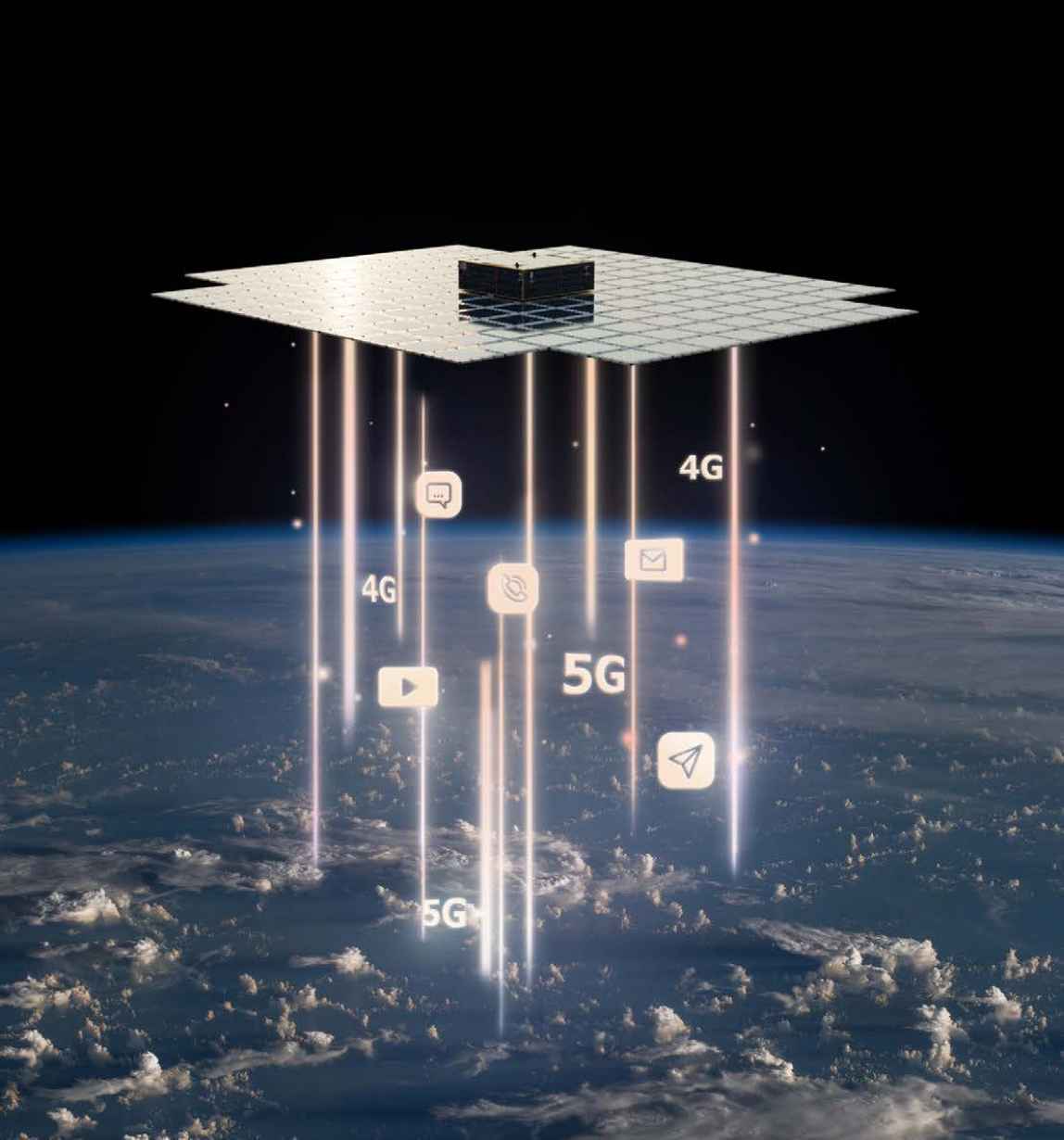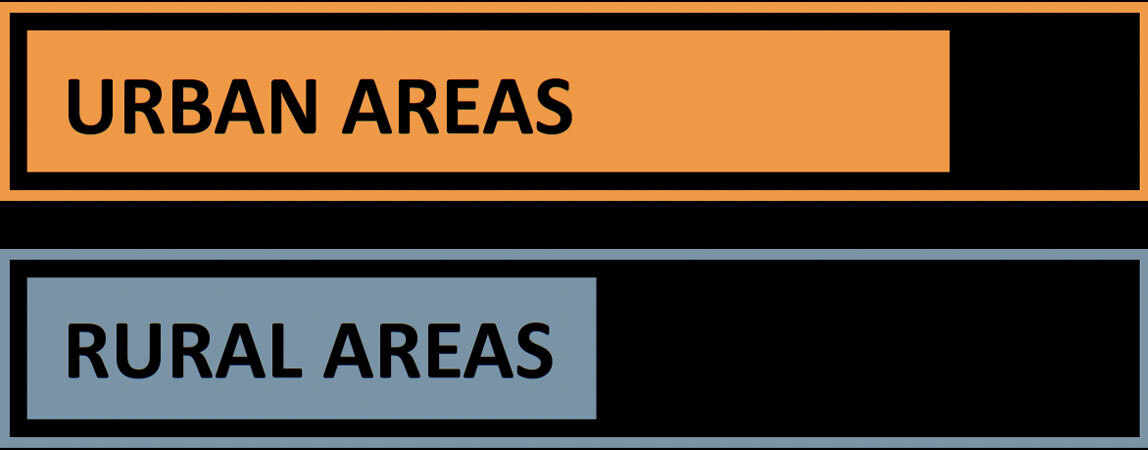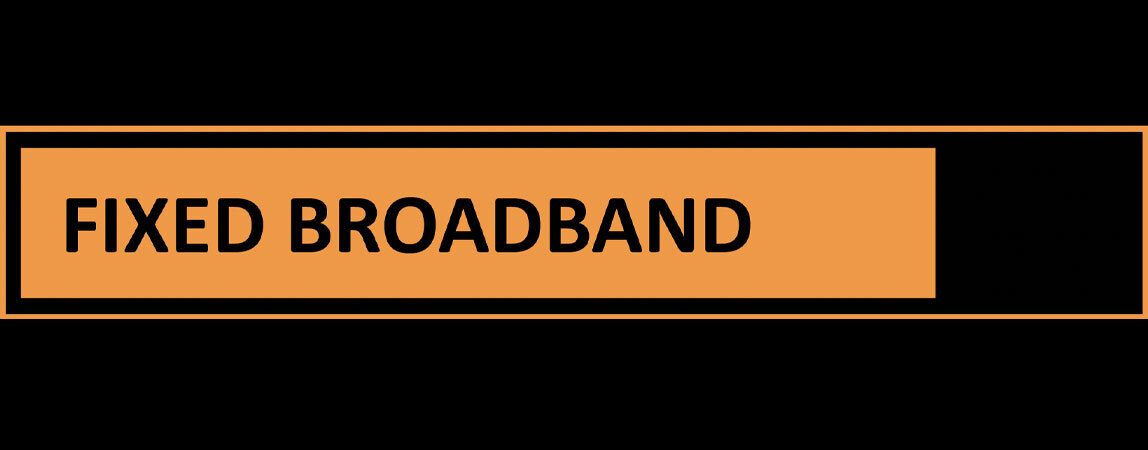Broadband From Space to Your Phone: AST SpaceMobile’s CEO on the Future of Direct-to-Cell Connectivity
By Abel Avellan, Founder, Chairman and CEO of AST SpaceMobile
The telecommunications industry is undergoing a major and consequential yet not widely understood transformation, and it is one I believe will ultimately benefit the 1.6 billion people on Earth without broadband access.
Recent developments in the satellite market signify a building shift across the telecommunications industry, but especially satellite — one in which we are looking to space to solve connectivity gaps. Almost everywhere we go on this planet we encounter such gaps, and they are especially glaring when it comes to broadband internet connectivity.
The digital divide – the gap between those with access to information and communication technologies and those without – remains a significant global challenge.
While internet penetration continues to rise, millions, particularly in rural and remote areas, lack access to reliable and affordable broadband. This exclusion hinders economic opportunities, educational advancement, and access to critical information and services.

To understand the scope of this digital divide, let’s look to some statistics from the ITU:
BILLION
PEOPLE ONLINE
BILLION
PEOPLE OFFLINE

Worldwide,
81% of urban dwellers
use the Internet in 2023, compared with
only 50% of the population in rural areas.

The
urban rural gap,
measured as the ratio of the two percentages, has barely improved in recent years, from 1.7 in 2020 to 1.6 in 2023.

Despite the rise of mobile broadband, fixed broadband accounts for 83% of all traffic.

Almost 80% of people aged between 15 and 24 use the Internet.

As of 2023, there are 111 mobile-cellular subscriptions and 87 mobile-broadband subscriptions per 100 inhabitants. In the past five years, mobile-broadband subscriptions grew by 27%, four times the rate for mobile-cellular subscriptions (7%).

More than three-quarters of the world’s population own a mobile phone.

Yet broadband makes possible a digital society rich with opportunities, and why I consider access to be a fundamental human right. With the high number of mobile phones in the market, cellular broadband directly from space to everyday smartphones seems to be the natural solution to address the gap.
When I founded AST SpaceMobile back in 2017, I had already spent more than 25 years working in the satellite industry. This included founding and heading Emerging Markets Communications (EMC), a satellite-based communications services provider. Through this and other work, I witnessed first-hand how delivering internet connectivity from space to new areas can make an enormous impact on the people who live there.
“
I consider access to be a fundamental human right
“
Here is how I believe direct to device satellite broadband communication could revolutionize the market and benefit society:

Educational Advancement: Broadband access opens doors to online learning platforms, educational resources, and digital tools. Students in remote areas could access online courses, connect with educators worldwide, and participate in a more globally connected learning environment.

Ubiquitous Coverage: Unlike terrestrial networks reliant on cell towers, D2D satellite communication offers the potential for ubiquitous coverage, reaching areas currently underserved or unserved by traditional infrastructure. This could empower rural communities, remote populations, and disaster-stricken regions with consistent broadband access.

Improved Public Services: D2D satellite communication can enhance access to essential public services for remote communities. Telemedicine consultations, remote healthcare monitoring, and emergency communication during natural disasters could be significantly improved.

Economic Empowerment: Reliable internet access fuels economic development. With D2D satellite communication, rural businesses could gain access to online markets, facilitate remote work opportunities, and participate more actively in the global economy. Farmers could access real-time agricultural data, while local entrepreneurs could tap into online resources.

Bridging the Social Divide: The internet fosters social interaction and information sharing. D2D satellite communication could empower geographically isolated populations to connect with friends and family, access social media platforms, and participate more fully in the online world.
Challenges and Opportunities:
The potential benefits for bridging the digital divide and creating a more connected society are undeniable.
The U.S. Federal Communications Commission has taken the bold step of voting forward a pioneering framework called Supplemental Coverage from Space, or SCS. SCS, will be a game-changing framework for expanding coverage in the U.S.
The growing demand and need for seamless broadband services have drawn in new players, triggered shifting alliances, and accelerated innovation across the mobile and satellite industries. Each competitor will face unique hurdles, requiring them to leverage unprecedented technological strength and deeply understand changing market dynamics. Only those who can rise to the challenge of developing the right partnerships, working together with regulatory officials, and bringing innovative solutions will succeed.

About The Author


Abel Avellan is the Founder, Chairman and CEO of AST SpaceMobile.
AST SpaceMobile has invented a technology that connects satellites directly to ordinary cell phones and provides broadband internet through the largest ever commercial phase array in low Earth orbit.
AST SpaceMobile’s mission is to close the global connectivity gap and digitally transform nations by bringing affordable 5G broadband service from space to billions of people worldwide, direct to everyday smartphones. In total, AST SpaceMobile has secured $1bn of investment to develop its innovative technology, which has achieved groundbreaking space-based 5G cellular broadband capabilities. To date, the company has agreements and understandings with more than 40 mobile network operators globally, which have over two billion existing subscribers in total.